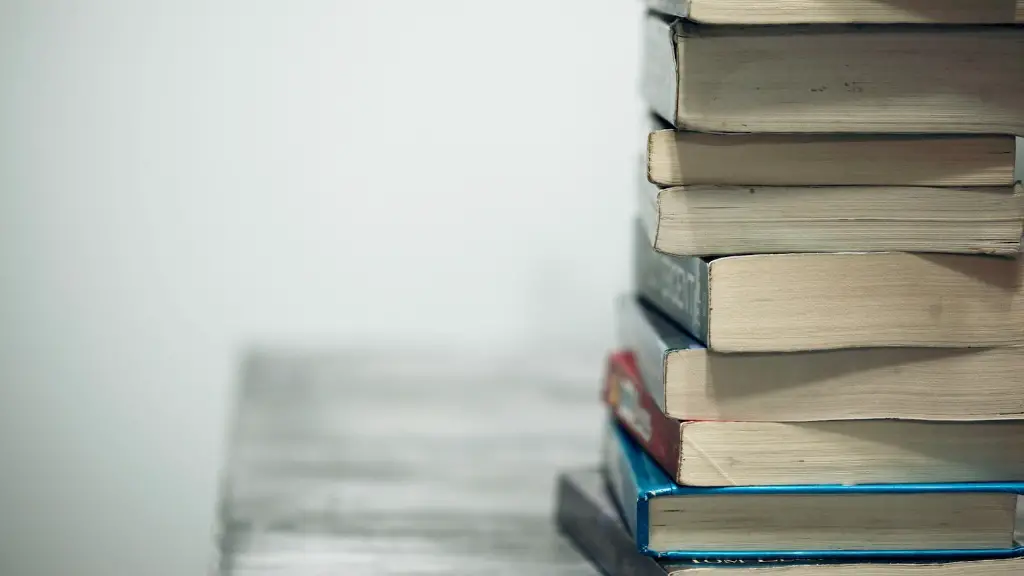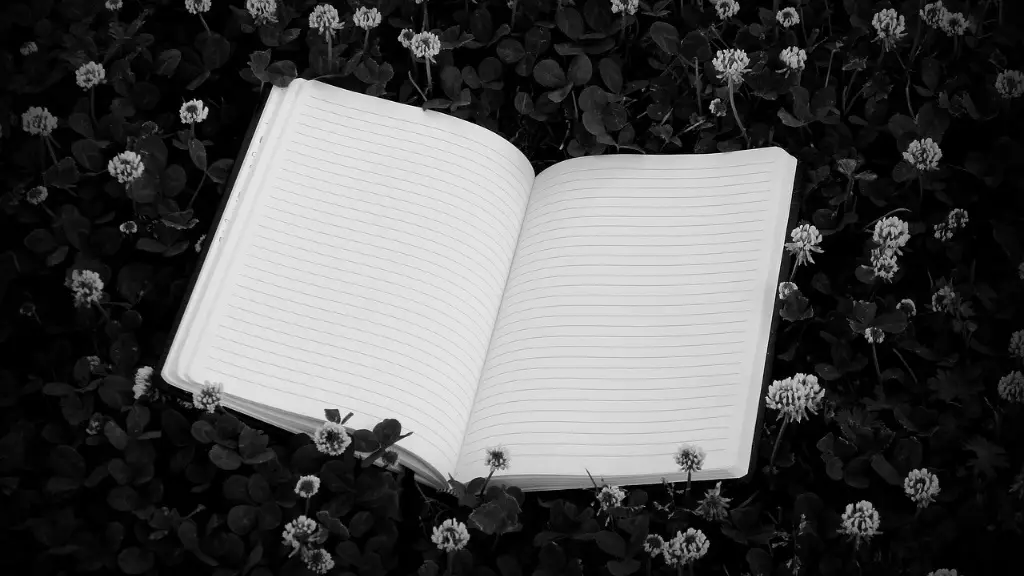Fundamental components of reading a poem
Reading poetry may seem daunting at first, but once readers understand the basics, there are joy and comfort to be found in these evocative works of art. Although poems and their elements differ from one poet to another, there are several fundamental components that readers should look for when engaging with a poem.
Rhythm and meter are two key elements of poetry and exploring the poem’s underlying structure can help to reveal its inner meaning. Setting up a beat and repeating patterns of syllables and sounds create the music of a poem that can transport the reader and aid their absorption in the text. Regularities of meter and hypermeter (when the lines break down into more than one foot) can also provide a gateway into the poem’s connotations and nuances.
The rhythm of a poem and the mechanics of meter – whether syllabic, trochaic, anapestic, dactylic, or any other type – can influence how a reader approaches a work. For example, a poem written in iambic pentameter will have a different lilt and flow than one written in free verse. Each meter evokes a unique atmosphere and makes specific demands of the reader.
Studying the poem’s form and shape can also offer insights into the poem’s underlying meaning. Noting the structure – the number of stanzas, the lines, their length and form – can give readers insight into the poet’s intentions and bring out the nuances within the work. Knowing the form and structure of a poem can help readers distinguish between longer poetic works, such as epic poems, and shorter, punchier works such as villanelles.
Analysing imagery, vocabulary, and allusions can further draw readers into a poem’s innermost depths. Exploring the poet’s use of figurative language, syllabic emphasis and allusions to classical or contemporary figures can bring to life the full extent of the poem’s meaning and message.
When readers make the effort to analyze a poem in depth – from its form, structure, rhythm and meter to its imagery, diction and allusions – they can gain a richer understanding of the poet’s intention and a greater appreciation of the poem’s beauty.
Tips to get started
First-time readers of poetry may find it intimidating to begin, but taking some time to familiarize themselves with different poetic forms, rhythms, and devices can help them to feel more confident when engaging with a poem. Here are a few tips to get started:
1. Think outside the box: poetry doesn’t have to adhere to traditional structures – in fact, exploring poetry outside of the ordinary can offer more freedom and spark more creative thinking.
2. Start slow: particularly when it comes to more complex poetic forms and works, focus on one or two parts of the poem at a time in order to ease into the text without feeling overwhelmed.
3. Always begin with annotating: digesting a poem by asking questions and making notes can be an effective way to build a deeper understanding of the poet’s choices and bring greater clarity to the work.
4. Make use of resources: there are plenty of websites, forums, and blogs that can provide helpful advice and perspectives on how to read and appreciate poetry.
Developing an understanding
As readers take the time to engage with a poem’s formal elements, they can begin to build a greater understanding of the poet’s work. Metrical and structural analysis can also be useful in developing an appreciation of a poem’s overall message.
By studying the poem’s images, symbols, and allusions, readers can gain greater insight into the words and phrases the poet has used and how they contribute to the poem’s connotations and interpretations. Exploring unconventional devices such as assonance, alliteration, and consonance can also help readers to understand a poem’s subtleties.
The emotions and sensations evoked by a poem can be connected to its underlying structure, form, and style. While each poem carries its own unique voice, exploring the use of figure of speech and tropes can also yield to a richer understanding of how the poet has crafted the work.
Creating your own interpretations
Readers can take their understanding one step further by creating their own interpretations of a poem. Once readers have fully digested the formal and aesthetic elements, they can begin to form their own connections and bring greater depth to the work.
Developing a strong understanding of the language and concepts within the poem can also be useful in constructing interpretations. Comparing the poem to other works, notes on the poet and their biography, and even understanding the context of the poem’s composition can all offer critical clues to discovering the poet’s message.
As readers form their own connections and interpretations, they must be mindful to stay within the scope of the poem’s intention. By taking the time to study and examine a poem, readers can explore its depths and uncover a journey that may have otherwise gone unnoticed.
Writing about poems
It is important for readers to remember that writing about poetry does not necessarily equate to understanding. Before launching into an essay or discussion about a poem, readers should ensure that they have taken the time to read and analyze the poem in detail.
When tackling a poem, aim to provide a unique insight or argument. This can be achieved by going beyond a surface level of understanding and expressing original, in-depth interpretations.
Reading and interpreting poetry can be both a challenging and rewarding activity. The ability to read and engage with a poem on an analytical level can provide readers with a greater understanding of the beauty of poetry and, ultimately, the poet’s own journey.
Exploring poetry through discussion
Discussing poetry with others can be an effective way to really explore a poem, express interpretations, and open up new perspectives. Exploring and sharing perspectives with a person or a group can also help readers to better appreciate the language and techniques within the poem.
Be mindful to respect others’ opinions and see possibilities for improvement. While discussing a poem and debating interpretations can be stimulating and productive, readers must remember to stay respectful and humble to ensure a calm and pleasant conversation.
For those looking to explore poetry even further, there are wide range of online and physical poetry clubs, groups, classes, and events, to attend and engage in meaningful and stimulating discussions with fellow poets and readers.
The study of poetic craft
The study of poetic craft can open up a whole new world of appreciation and understanding of poetry. Exploring the ways in which a poet has utilized particular techniques as well as elements of music, rhythm, style and meaning can help readers to become more sophisticated readers and writers.
Having an appreciation of poetic forms and techniques can also be beneficial in terms of creating one’s own works. Poetic craft requires both an in-depth understanding and creative thinking and practice, which can be used to develop a better understanding of poetic forms and one’s own writing.
Finally, developing an understanding of the craft of poetry is a two-way street. Taking the time to explore different styles and techniques used by other poets can help readers to strengthen and refine their own work.
Exploring poetry from a personal perspective
When reading poetry, it is important for readers to remember that they do not have to adhere to any one opinion or interpretation. Rather, readings should be kept personal, flexible and open-ended.
Individual interpretations and experiences can vary depending on the context in which the poem is read and the deeper meaning which lies within. As such, readers should be mindful to trust their instinct and be mindful of their own unique experiences and connections.
Exploring poetry from a personal perspective can also further develop individuals’ form and style, not to mention, provide an exciting and rewarding experience. The act of claiming and connecting with a poem can be a powerful and even life-changing experience and should be embraced.
Taking time to explore and appreciate poetry
Although exploring and engaging with poetry can indeed be a rewarding experience, it is important for readers to take their time and take their exploration at their own pace. Don’t be afraid to explore, read and reread – and don’t be afraid to take a break.
Allow yourself to go off on tangential explorations, to appreciate the music of the poem, to ‘listen’ to its pauses, to linger on the language, to connect with the poet, or even to drift away and wander. By giving yourself the time and space to slowly explore a poem and the emotions it evokes, you are giving the work and yourself time to breathe and more scope to find meaning.
Ultimately, engaging with a poem – whether through reading, writing, or discussing with others – should be an enjoyable and meaningful experience. Taking the time to appreciate the nuances of poetry and to explore its deeper meaning can lead to heart-opening discoveries and new ways of thinking.


